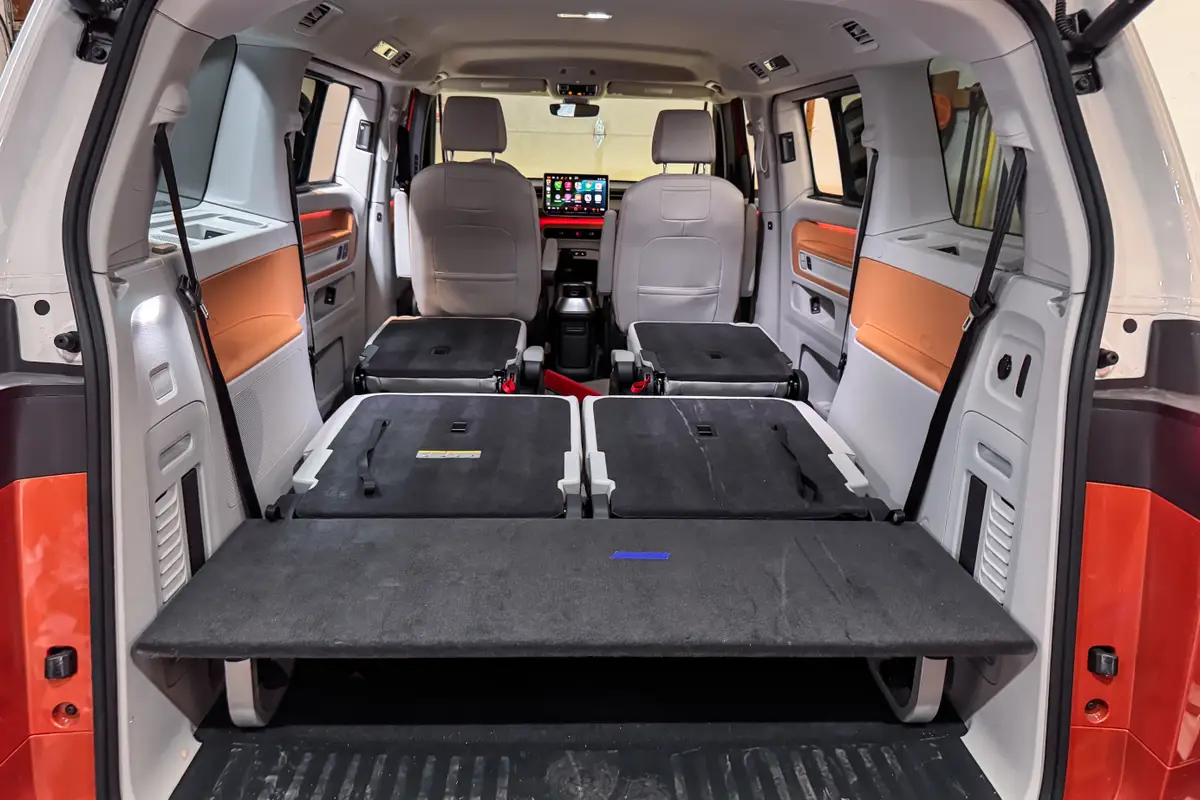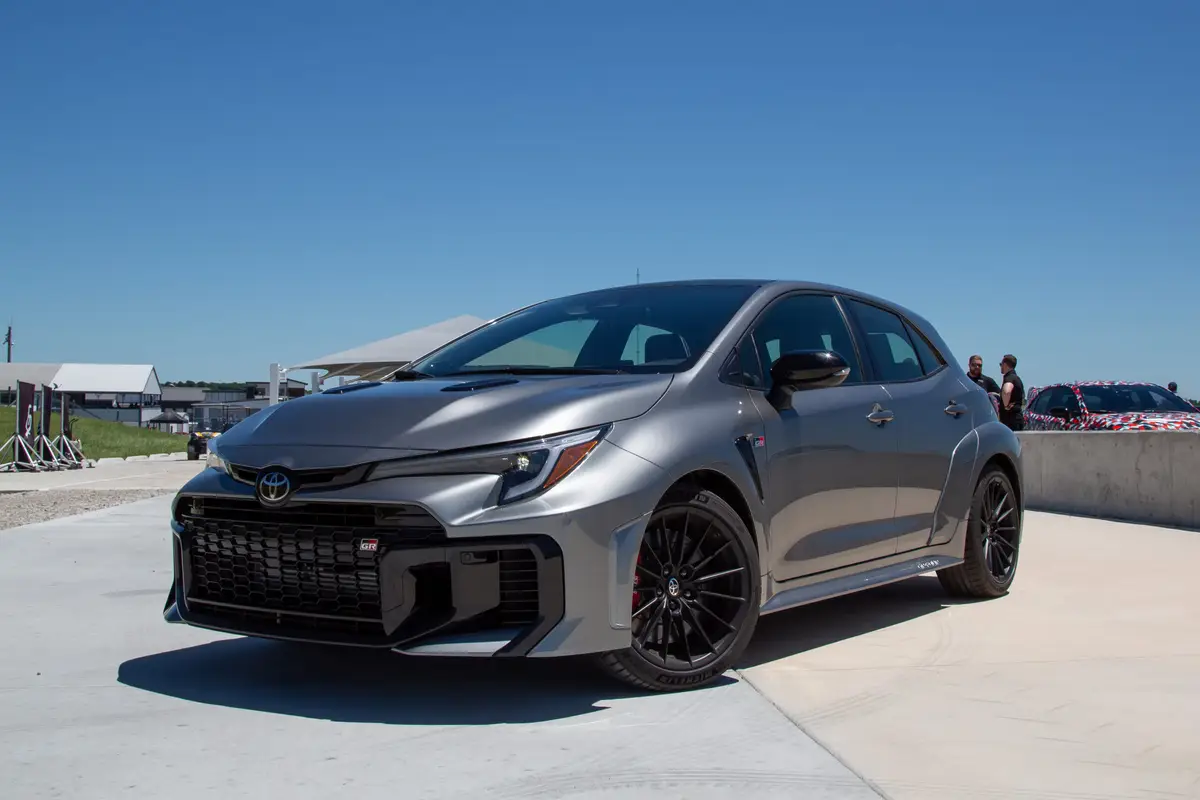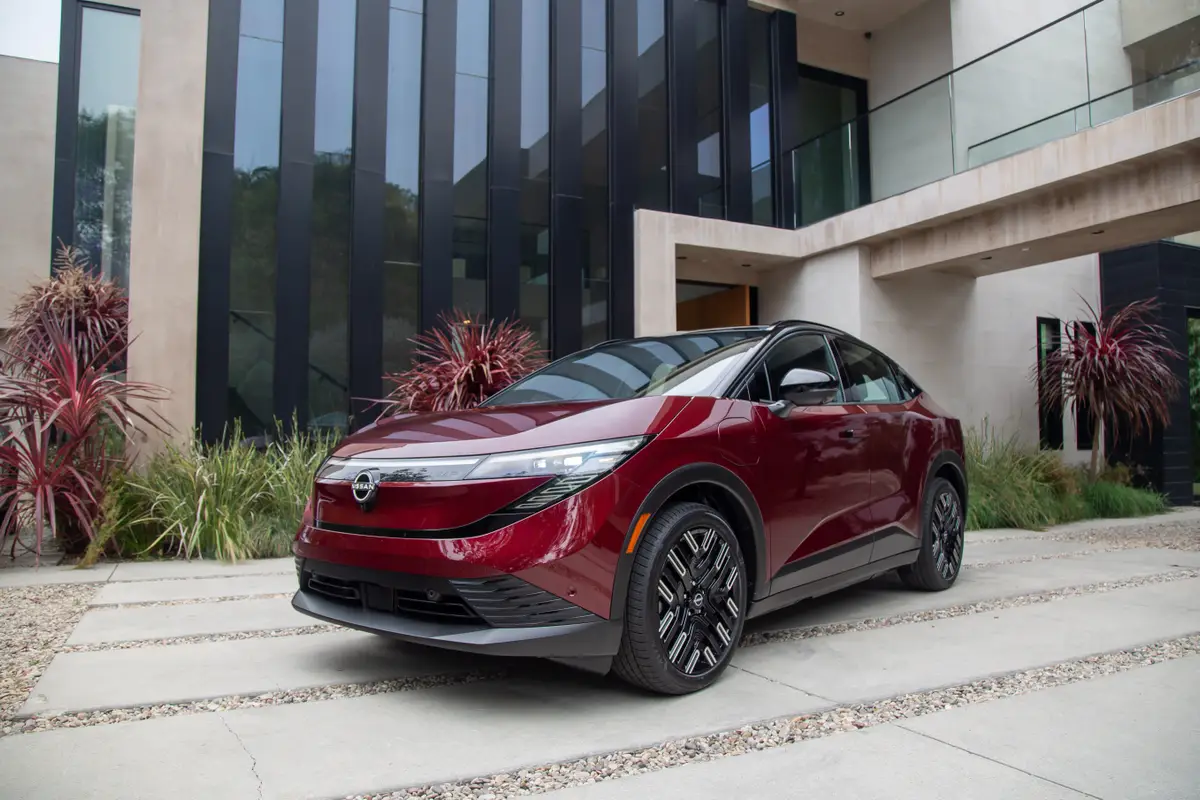2022 Nissan Sentra Vs. 2022 Honda Civic: How Do the Sedans Compare?


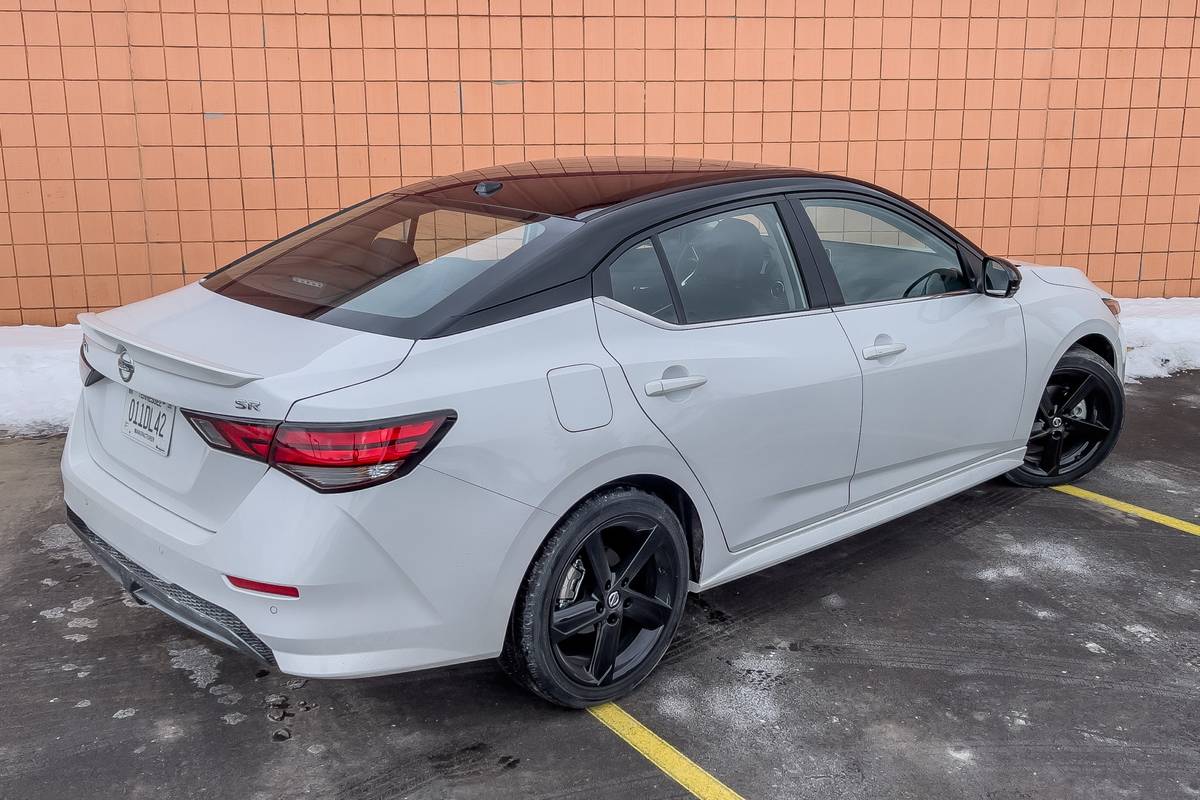
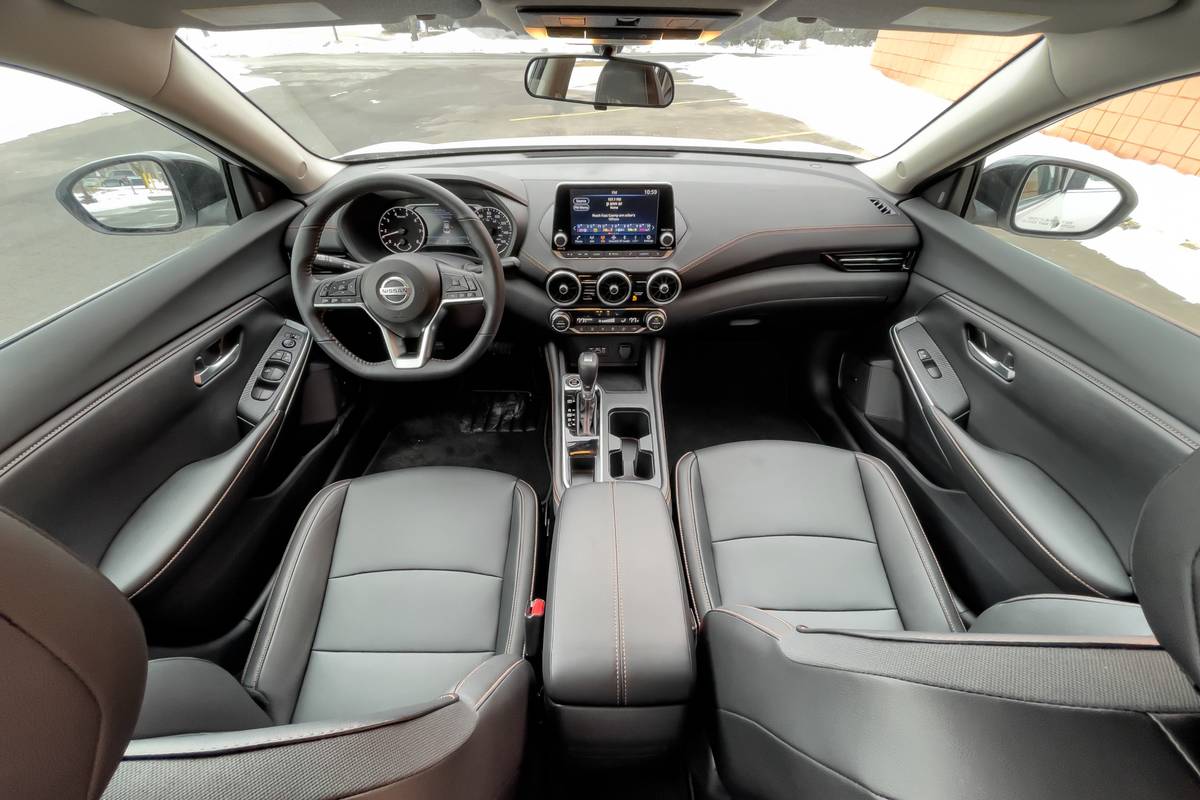
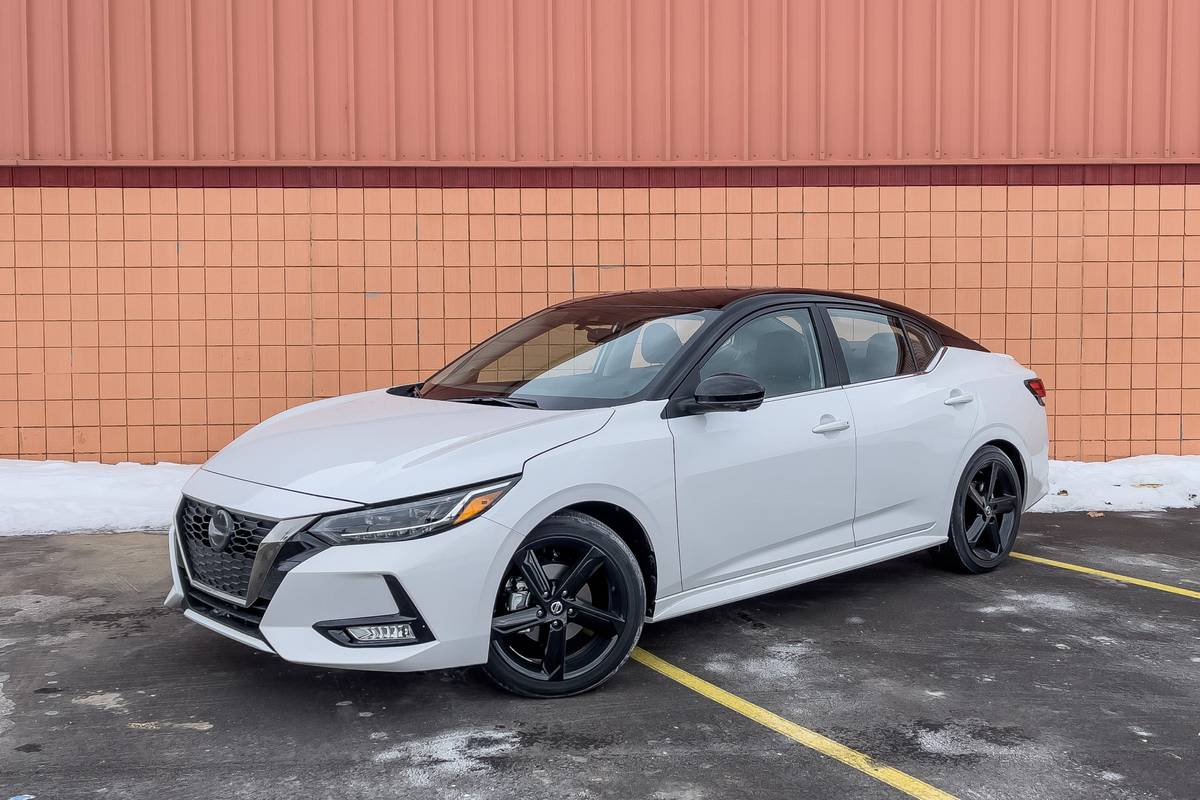
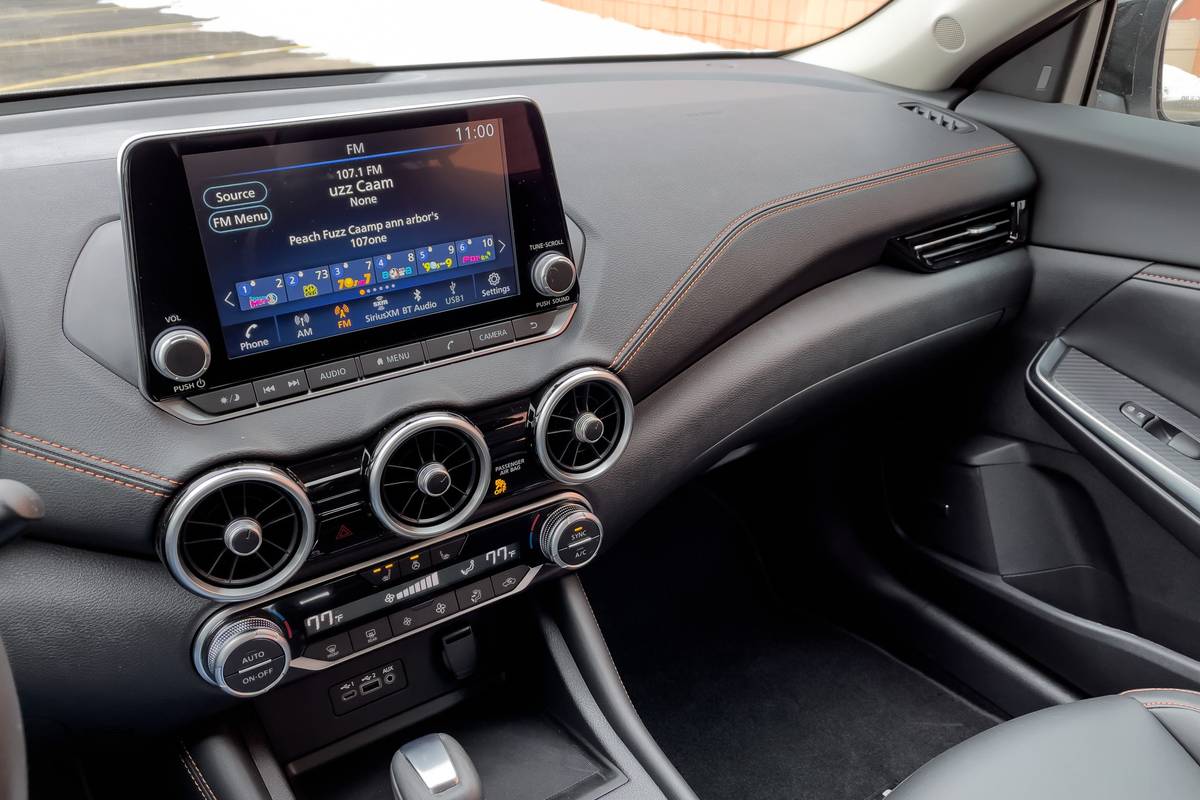
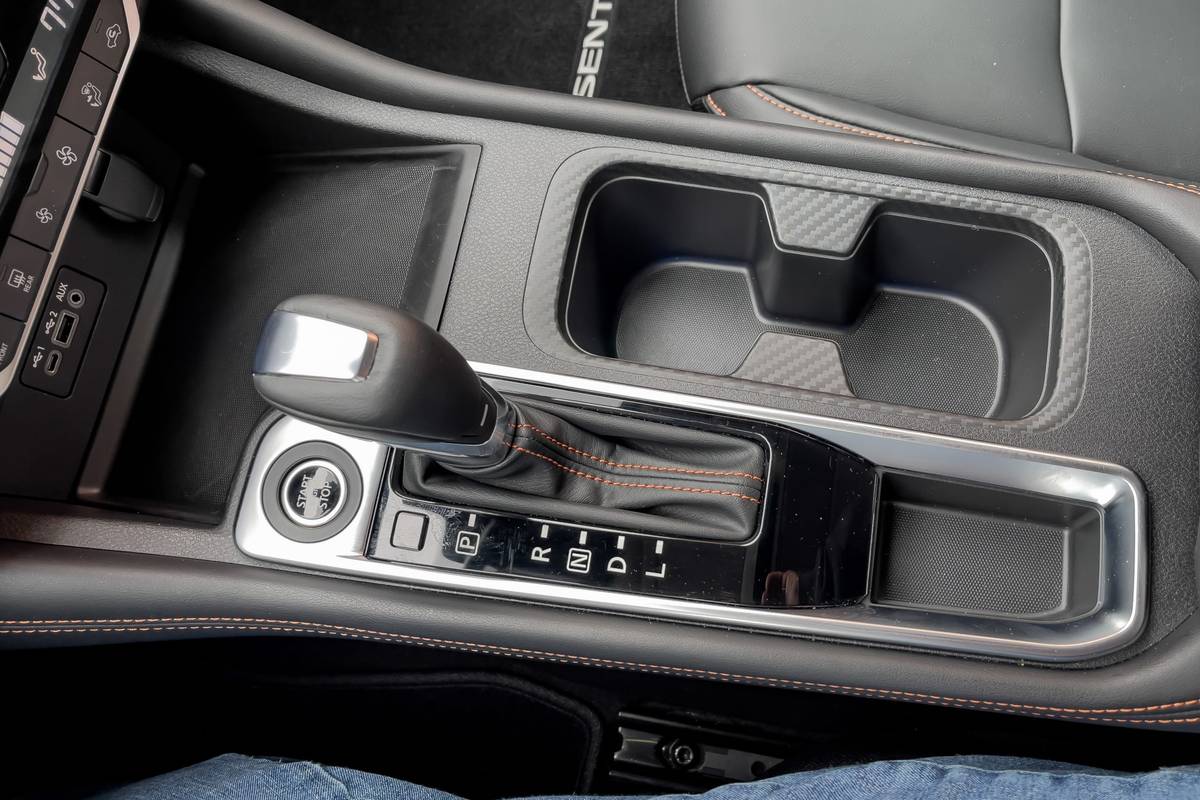
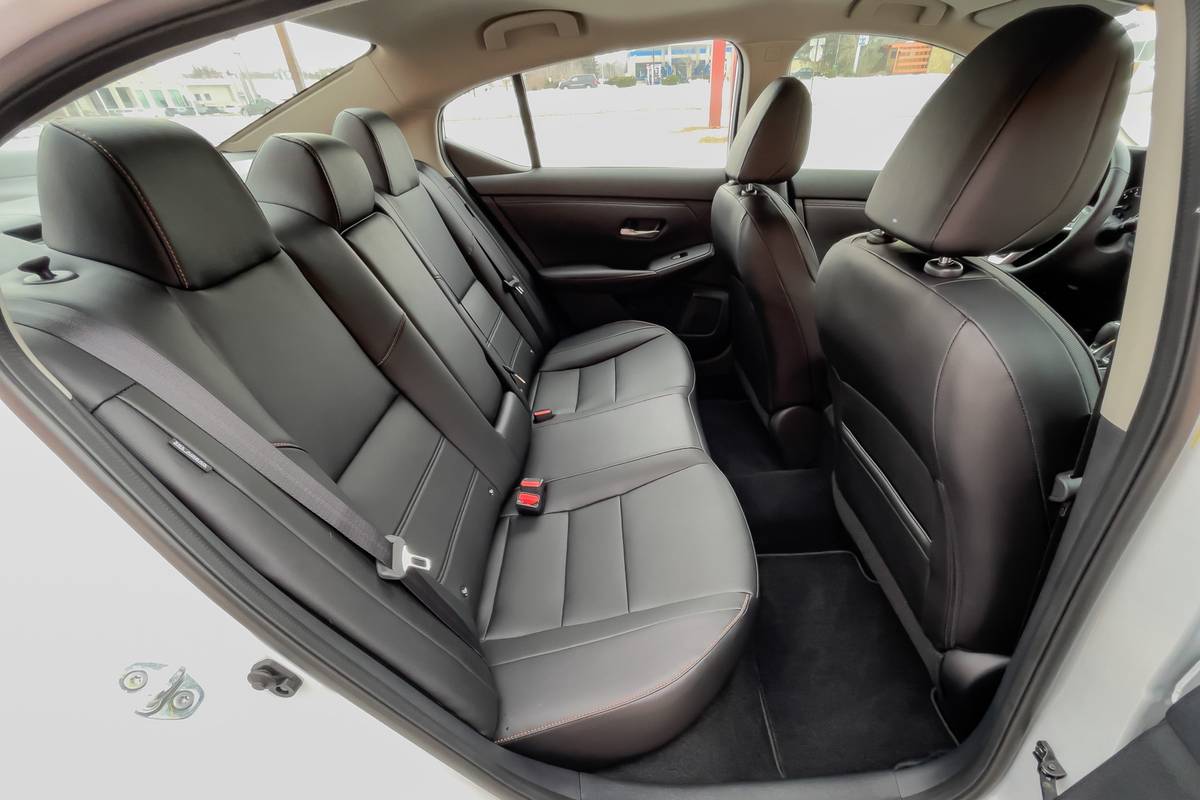
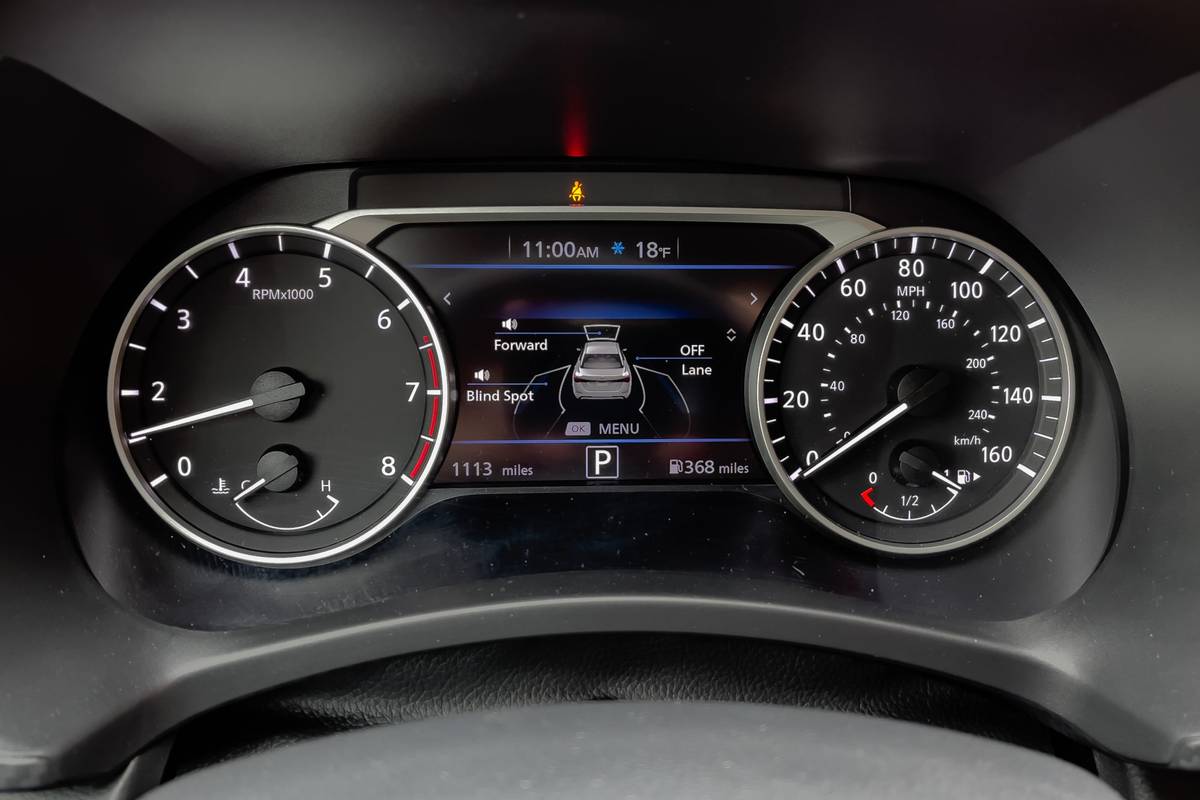










Remember when Americans actually bought cars, and not just SUVs? When the roads weren’t clogged with high-riding wagons, you could see over the roofs around you in traffic, and being decent to drive was more important than looking rugged? It was then that efficient, affordable compact sedans like the Honda Civic, Toyota Corolla, Nissan Sentra and Hyundai Elantra were the things to have. The field has shrunk considerably for compact-car lovers, but there are still a few options around. Nissan’s Sentra is now in its eighth generation; it was redone for the 2020 model year and recently got a bit of a touch-up for 2022. Honda’s Civic is now in its 11th generation and has been significantly redesigned for the 2022 model year.
Related: Nissan Sentra: Which Should You Buy, 2020 or 2021?
The new Civic is an improvement in nearly every way over the old one. I find it to be an exceptional car, the latest one a fully modern, sophisticated, beautifully engineered small sedan that doesn’t skimp on the surprise-and-delight aspects of car ownership. In Touring form, it’s plenty peppy, rides well, comes with tons of useful tech and has a slightly retro-inspired interior that feels upscale and sophisticated. In the wake of such an impressive competitor, does the Sentra hold its own? Or does it need to play some catch-up?
Surprising On-Road Competence
As an automotive reviewer, it can be easy to forget what driving a traditional car is like because so many new models these days are tall-riding SUVs, and sedans and coupes are increasingly an afterthought. That’s why driving something like a Sentra, just an ordinary front-wheel-drive, four-cylinder sedan, can feel like something unusual. It’s a good refresher to get into such a vehicle now and then, if only to remind us as a culture of what we’ve lost — something that’s enjoyable, responsive, smooth and rewarding to pilot, and dare I say, even fun? This latest Sentra feels considerably more dialed in than I recall previously and is worlds better than the one-step-smaller Nissan Versa. Steering is direct and provides some decent feedback. The ride quality is an excellent balance between firm and communicative, and it’s compliant enough to tune out most of the frost heaves of Michigan highways, even with the low-profile rubber that my SR trim test car was wearing. The brakes are strong and give repeatable performance after spirited driving.
The powertrain is punchy and feels more than up to the challenge of providing some fun acceleration, but it does take a bit of getting used to. It’s a naturally aspirated 2.0-liter four-cylinder making just 149 horsepower and 146 pounds-feet of torque, but the continuously variable automatic transmission works hard to keep the engine in its power band when called upon. The result is a smooth rush of acceleration, nothing neck-snapping but plenty peppy to keep up with traffic without the lag associated with some turbocharged motors. This is, however, also a strong suit of the Civic, with its optional turbocharged 1.5-liter motor making a more robust 180 hp and 177 pounds-feet of torque, also mated to a CVT; the Civic’s standard 158-hp engine is a better match for the Sentra’s only engine.
In the battle of the CVTs, I’m going to say that the Civic comes out ahead in this one by virtue of its knack of mimicking a standard stepped-gear transmission. It’s a bit unusual to be tuned this way, but it does provide a more familiar driving experience than the Sentra’s CVT. Neither one is the droning, annoying slushbox that CVTs have been in the past, however, and neither car feels slow or underpowered by any means. But for grunt and pace, the Civic’s still ahead on this one — the Nissan could use more power or a sportier tune to that four-cylinder. Like, maybe … the return of the Sentra SE-R? Yeah, I’m not holding my breath for that one either.
- ${price_badge()}
- ${ami_badge()}
- ${battery_badge()}${ev_report_link()}
- ${hot_car_badge()}
- ${award_badge()}
- ${cpo_badge()}
${price_badge_description}
${ami_badge_description}
The EV Battery Rating is based on this vehicle's current expected range relative to the vehicles expected range when new. ${battery_badge_text}
Certified cars are manufacturer warrantied and typically go through a rigorous multi-point inspection.
This car is likely to sell soon based on the price, features, and condition.
${award_blurb}
${award_two_blurb}
Shop the 2022 Nissan Sentra near you



Different Flavors of Interior
Things are rather different inside the two cars. The Sentra benefits from the latest round of the putting-money-back-into-the-product movement at Nissan, which has resulted in a more upscale cockpit with richer materials. Case in point: the faux-stitched dash topper that is meant to look like hand-sewn upholstery does lend a more stylish atmosphere to the cabin. The colors are muted but sensible, and splashes of faux carbon-fiber trim break up the monotony of somber-hued plastic, even if carbon fiber is kind of a trite styling cue nowadays. It’s comfortable, well laid out and doesn’t feature any of the stupid touch-sensitive panels that make you want to take a baseball bat to the interior (like in a new Volkswagen). It’s spacious up front and provides decent head and legroom for backseat passengers as well.
The Civic does all of this as well but provides for a lighter, airier interior with a low beltline and dashboard. It has a bit more style to it, with some retro touches that make it more distinctive than its exterior styling. It’s also comfortable, spacious and well made, with a quality to it that feels like it punches above its reasonable price. The hexagonal mesh trim on the Civic’s dash is an especially unique touch and overall, it’ll feel like you’ve made an adult purchase with the Honda, not a bargain-basement economy car.
Tech Done Well
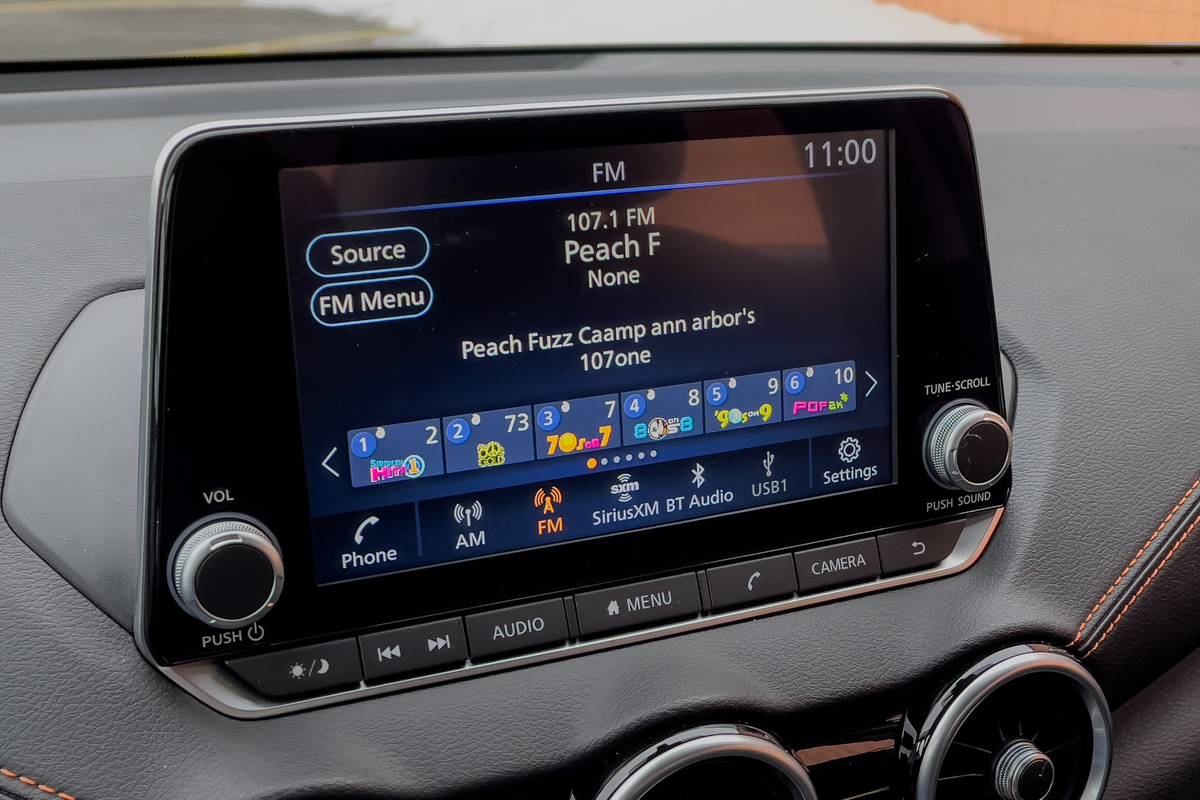
Interior tech isn’t all that different between the sedans. The biggest, most obvious difference is the gauge cluster — in the Civic, it’s a completely digital screen, whereas it’s a mixture of traditional gauges and a small digital screen in the Sentra. I actually prefer the look of the Sentra’s gauges, which I find to be brighter and easier to read at a glance, versus the Civic’s sunlight-challenged display screen and dimmer tach and speedo. The Civic’s 9-inch touchscreen display is mounted high on the dash and is clear, easy to read, and thankfully still has its dedicated buttons and knobs. The Sentra’s biggest screen is 8 inches, but it’s also mounted high and features the same qualities of clarity and function as the Civic. Both feature state-of-the-art multimedia systems that offer a plethora of features, smartphone connectivity and premium options like Bose audio systems and surround-view exterior cameras.
- ${price_badge()}
- ${ami_badge()}
- ${battery_badge()}${ev_report_link()}
- ${hot_car_badge()}
- ${award_badge()}
- ${cpo_badge()}
${price_badge_description}
${ami_badge_description}
The EV Battery Rating is based on this vehicle's current expected range relative to the vehicles expected range when new. ${battery_badge_text}
Certified cars are manufacturer warrantied and typically go through a rigorous multi-point inspection.
This car is likely to sell soon based on the price, features, and condition.
${award_blurb}
${award_two_blurb}
Shop the 2022 Honda Civic near you


Winning the Looks Department

The latest Sentra got its last big restyle two years ago when it was updated to the look of the Nissan showroom of the time. That deep “V-Motion” grille, the optional wing-style LED headlights, the horizontal orientation to everything flowing from front to back — even that floating roof design — all blends the Sentra into the Nissan family quite well. And it’s not at all a bad look. Being the top SR trim, my test model was meant to look meaner and provide a more entertaining driving experience than the other Sentra models (S and SV). As such, it had things like contrasting black wheels, roof, mirrors and trim that set off against the white paint. It definitely looks striking, and dare I say it … better than the Civic. Yes, looks are subjective, and you’re free to disagree, but the latest Civic restyle took what was a distinctively styled sedan and turned it into a milquetoast mini-Accord, a Honda vehicle that itself is not exactly a paragon of cutting-edge style. Even the hotter Si version of the Civic doesn’t look appreciably different from more basic models unless you get one of the hotter colors. But the Sentra already looks pretty racy, and the SR’s changes do make it look even more aggressive. It’s just a shame that the guts of the thing can’t quite back up its looks.
Priced for a Fight
Both the Sentra and the Civic are still reasonably priced, with the least-expensive Sentra coming in at a hair over $20,000 (including destination). The Civic is pricier, starting at $23,365 for the cheapest LX trim, despite the Sentra sharing some standard niceties like LED headlights and a full suite of automatic safety tech. At the top end, the Sentra is still cheaper; my loaded SR tester rang in at $27,615. A loaded Civic Touring can top $33,000, nearly $6,000 more than a loaded Sentra, and while it has more power and a bit more advantage in terms of powertrain and chassis sophistication, that’s still a pretty significant price gap. There are more variants of the Civic than there are of the Sentra, with four trim levels for the regular sedan, plus the range-topping Si version and the anticipated Type R model coming soon as well. Nissan hasn’t dedicated as much attention to its Sentra it seems, an indication perhaps of the public’s waning interest in the segment and Nissan’s waning interest in investing in a model that’s just not as in demand as it once was.
The Sentra feels competitive in just about every way with the new Civic, but it falls just a tad short of the sophistication and “newness” of the Honda. But when you temper that against the Sentra’s rather significant price advantage, it evens out. If you seek a satisfying compact car with solid safety equipment, a comfortable interior, reasonable fuel economy and appealing style, a new Sentra’s not a bad choice.
Related Video:
More From Cars.com:
- 2020 Nissan Sentra Review: From Bad to Good
- Research the 2022 Nissan Sentra
- 2022 Honda Civic First Drive Review: Honda’s Boy Racer Grows Up
- Honda Civic Prototype Revealed, and It’s Pretty Much the 2022 Civic
- Compare 3 trims on the 2022 Nissan Sentra
- 2022 Honda Civic Sedan: Is the 11th-Generation Civic the Best Yet?
Cars.com’s Editorial department is your source for automotive news and reviews. In line with Cars.com’s long-standing ethics policy, editors and reviewers don’t accept gifts or free trips from automakers. The Editorial department is independent of Cars.com’s advertising, sales and sponsored content departments.

Detroit Bureau Chief Aaron Bragman has had over 25 years of experience in the auto industry as a journalist, analyst, purchasing agent and program manager. Bragman grew up around his father’s classic Triumph sports cars (which were all sold and gone when he turned 16, much to his frustration) and comes from a Detroit family where cars put food on tables as much as smiles on faces. Today, he’s a member of the Automotive Press Association and the Midwest Automotive Media Association. His pronouns are he/him, but his adjectives are fat/sassy.
Featured stories
